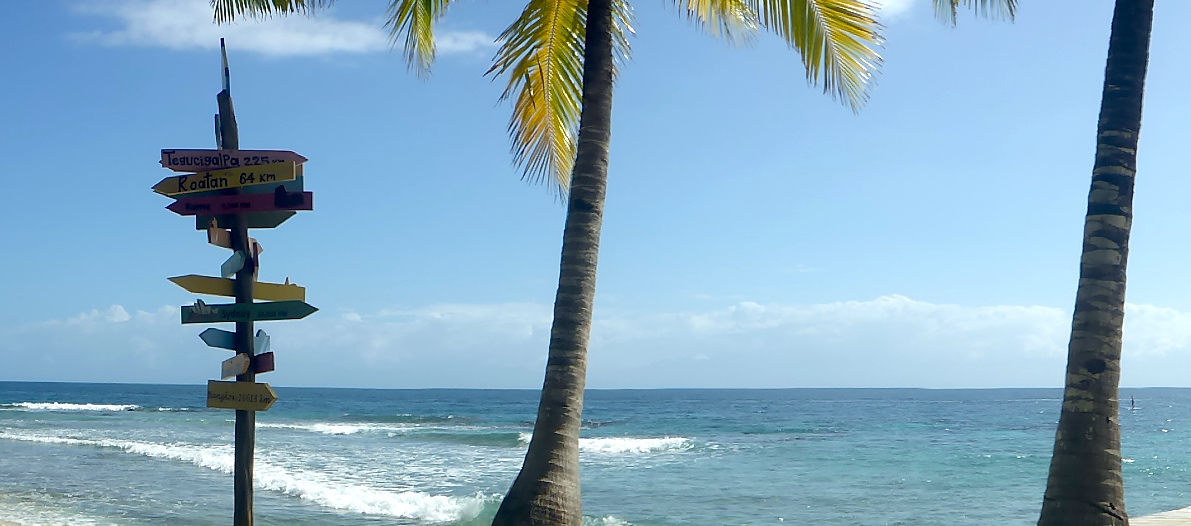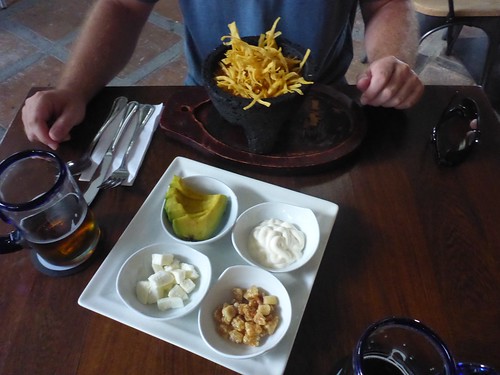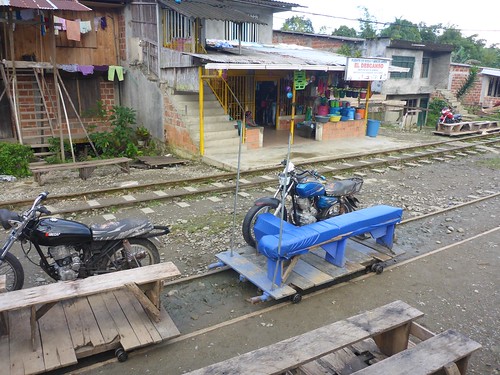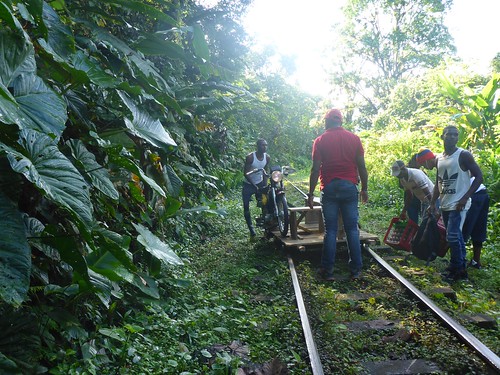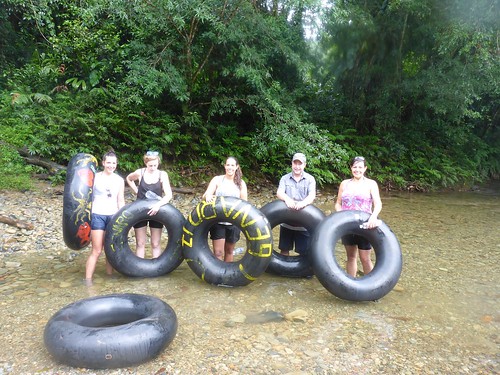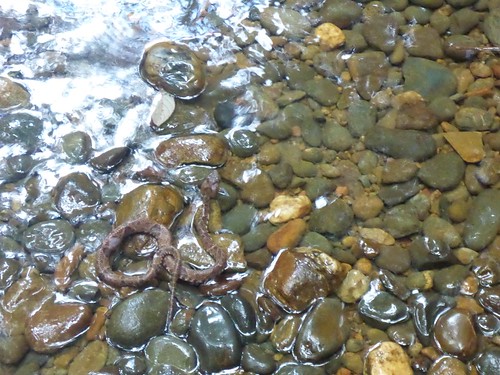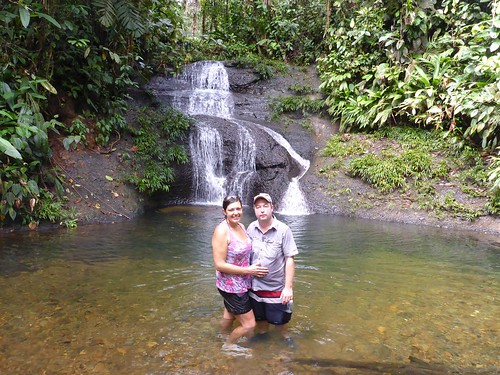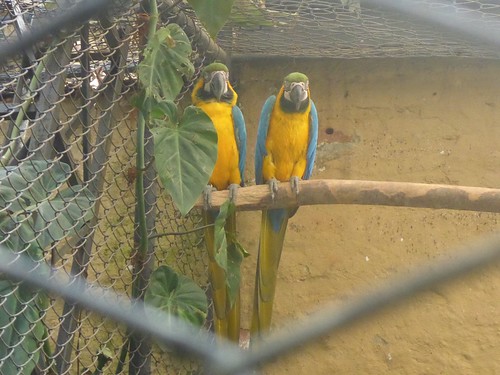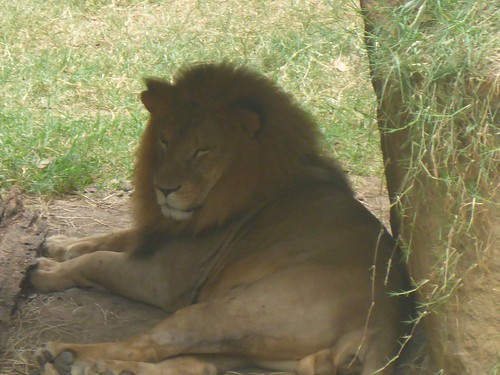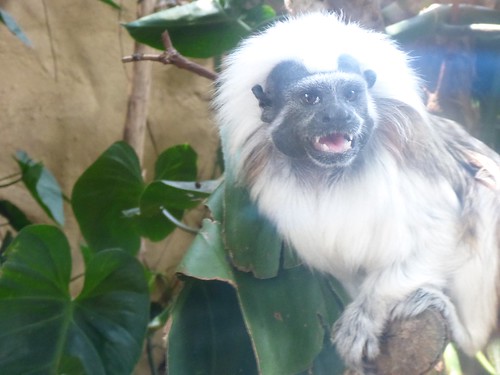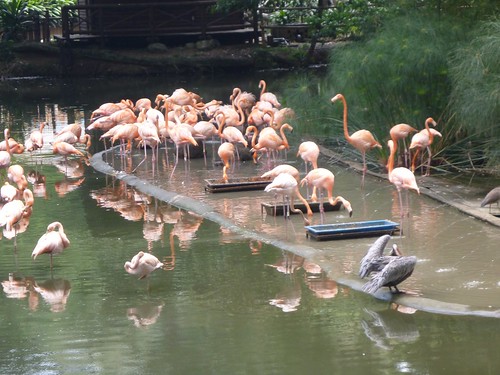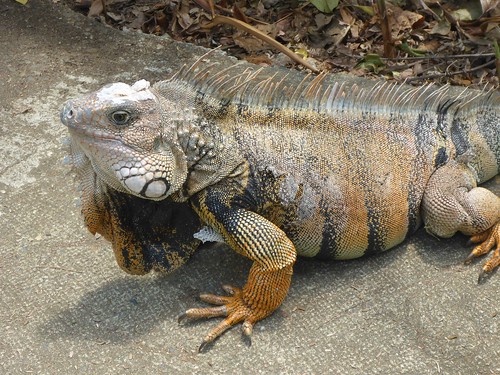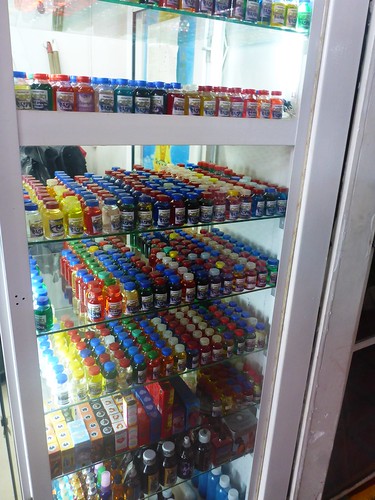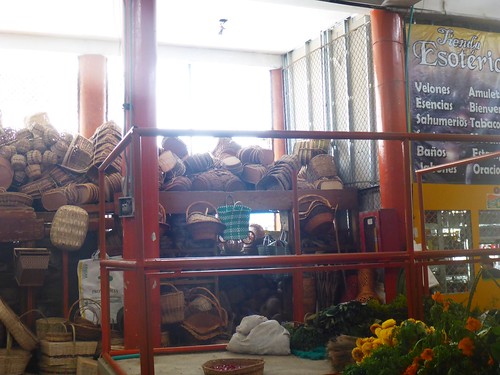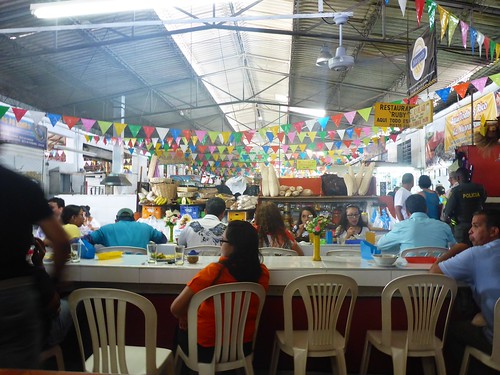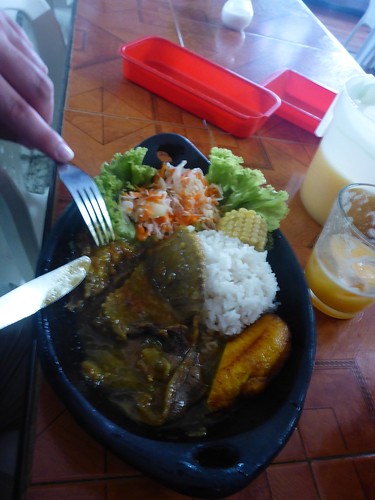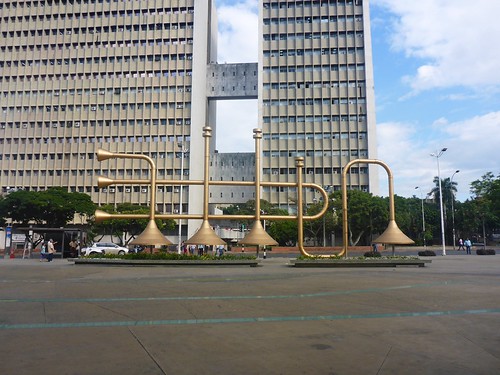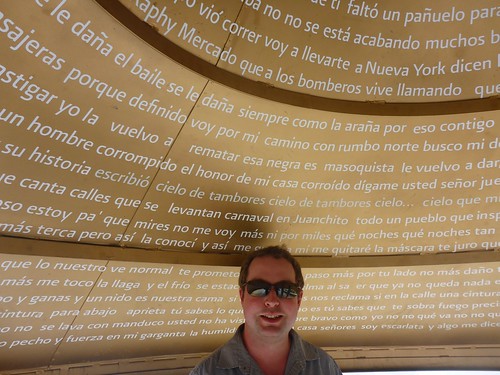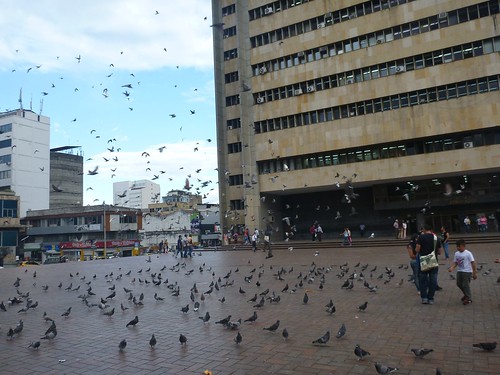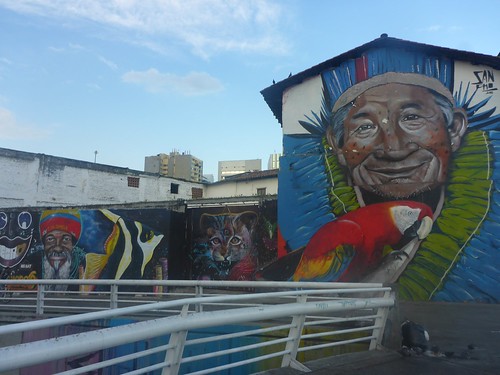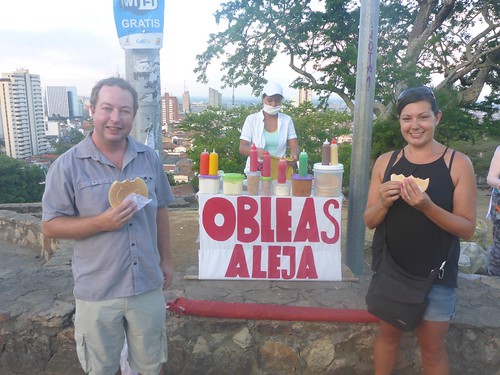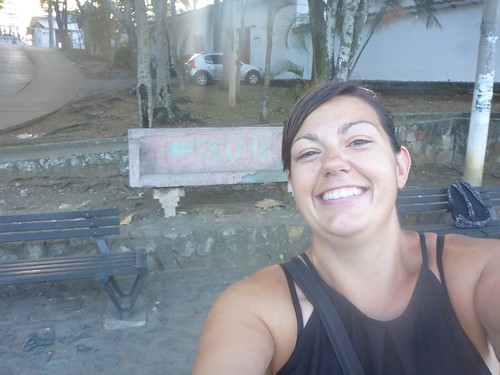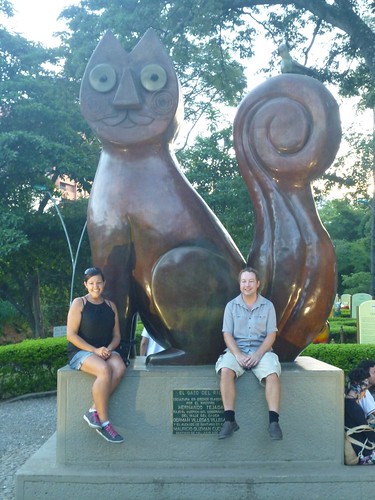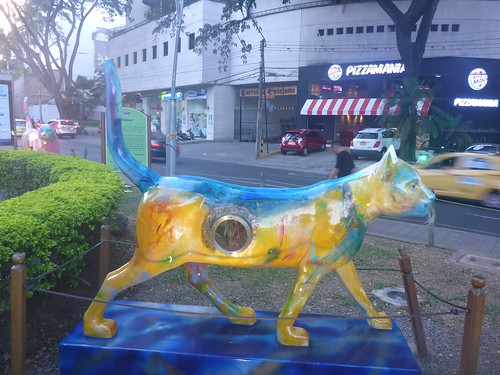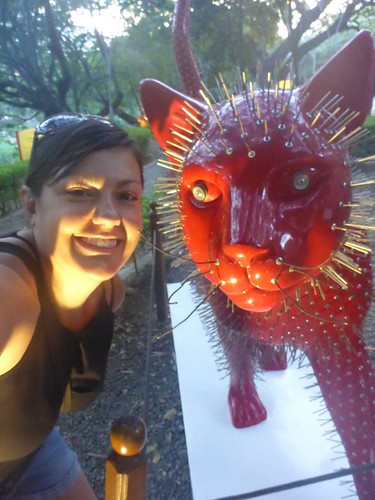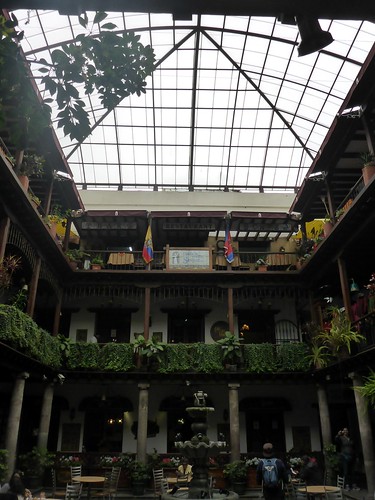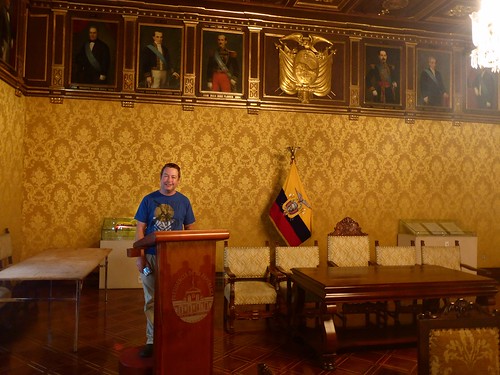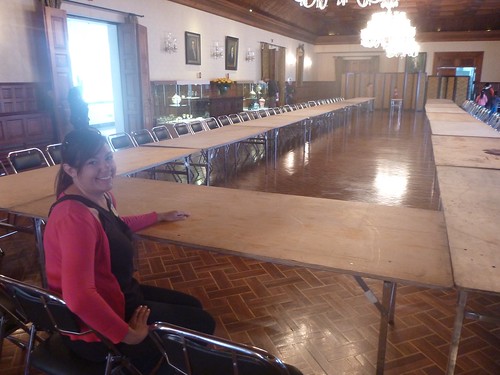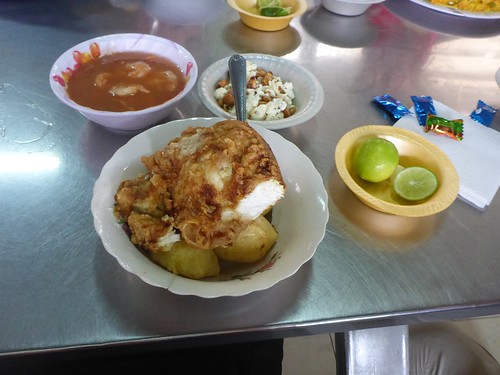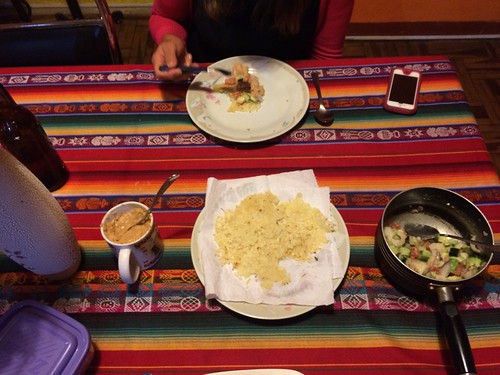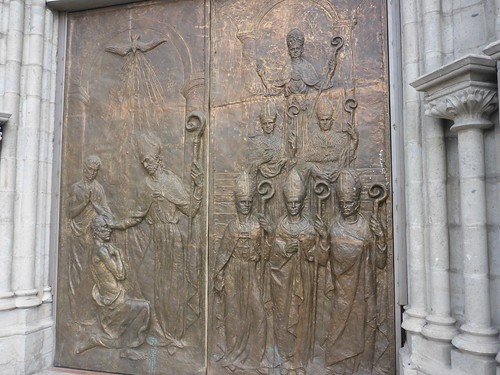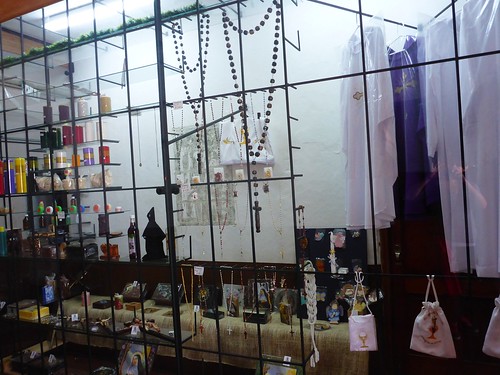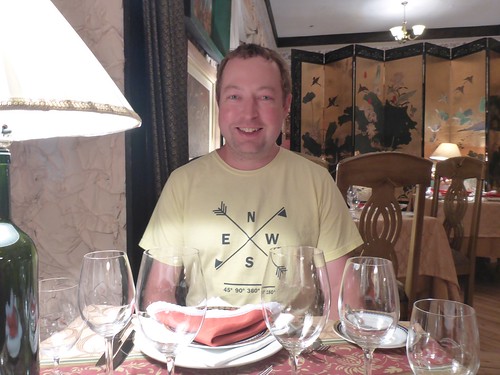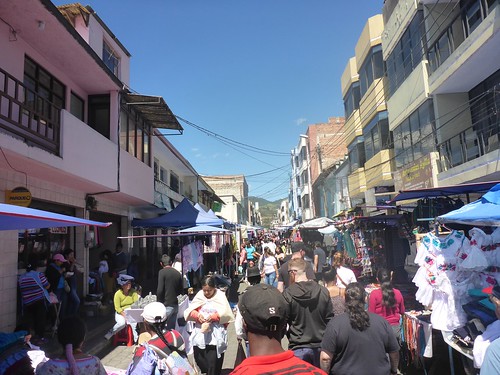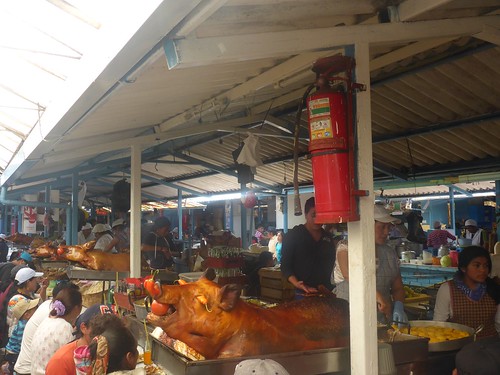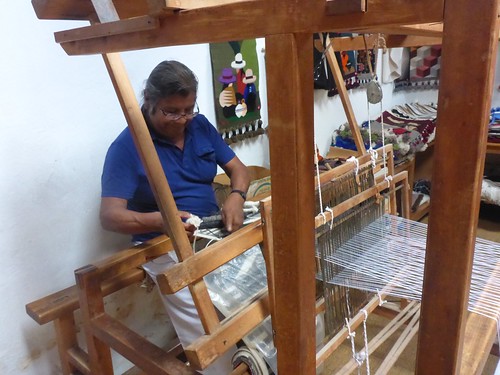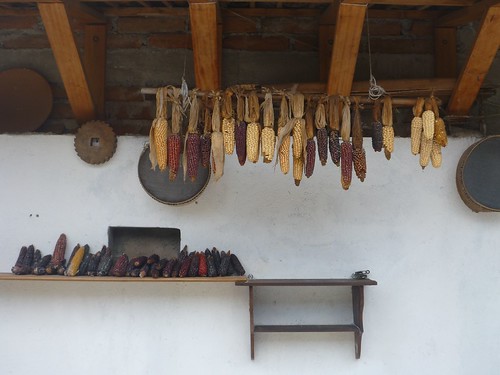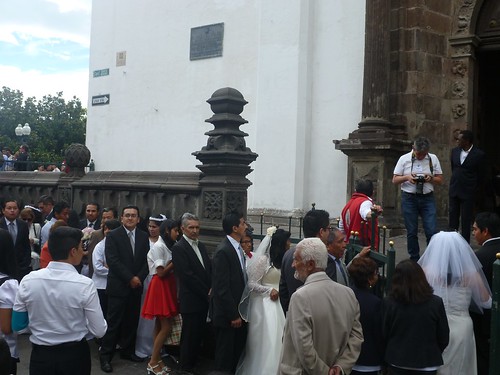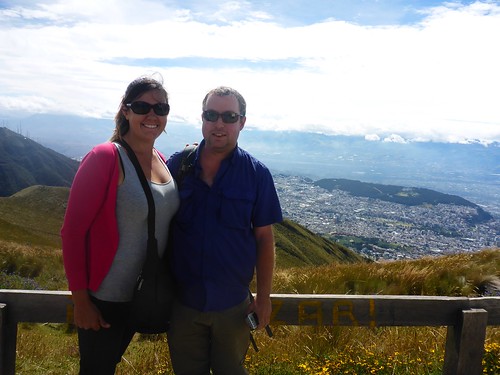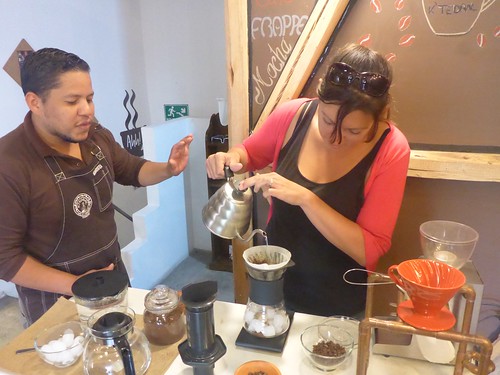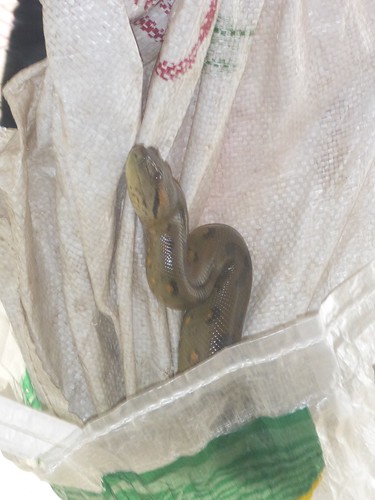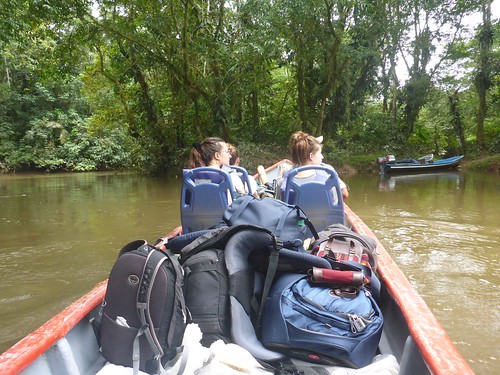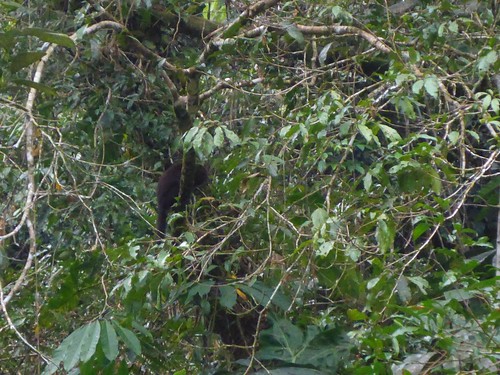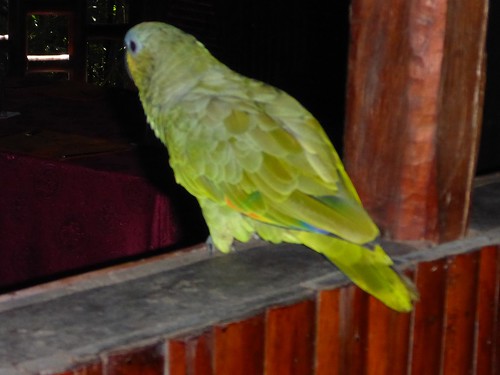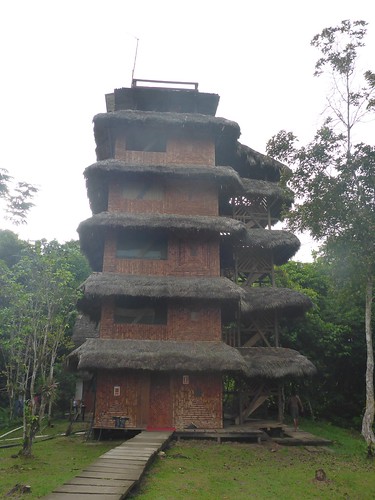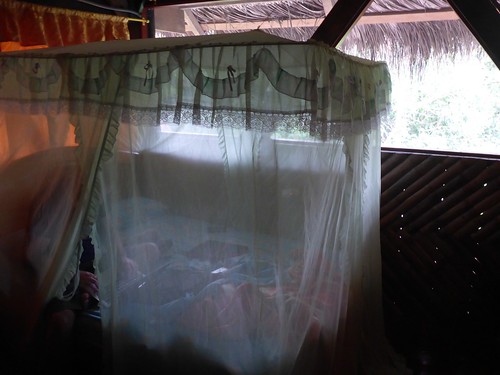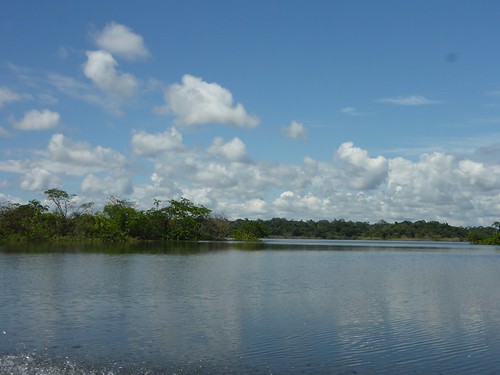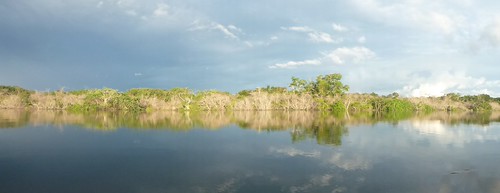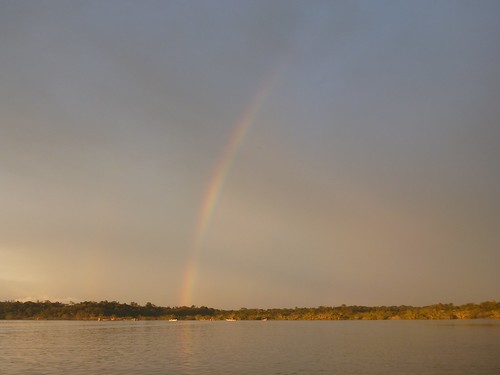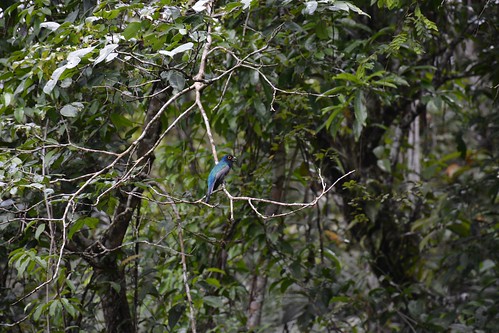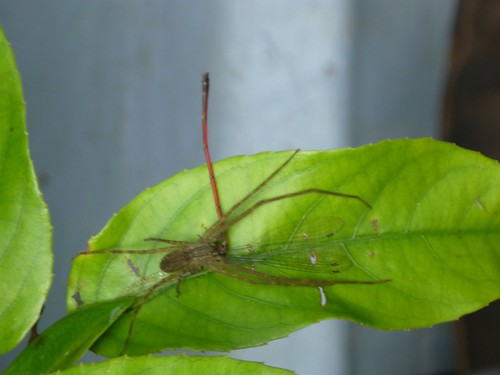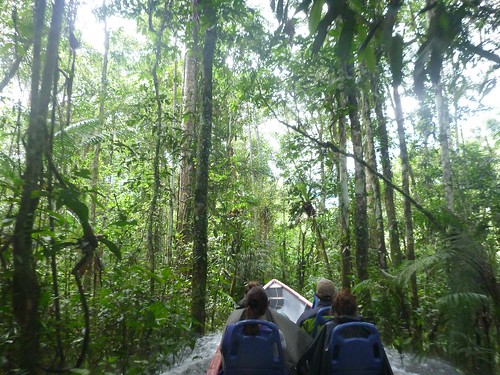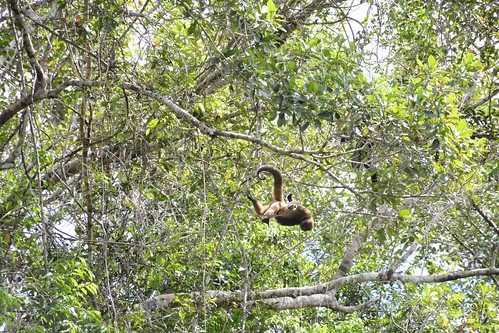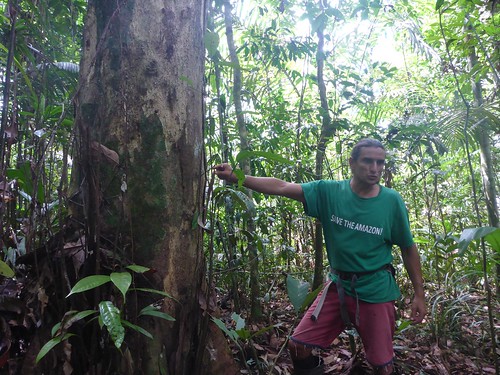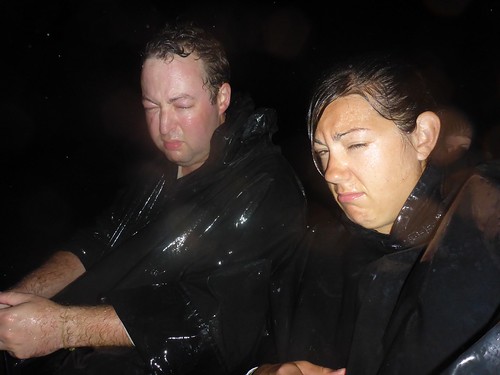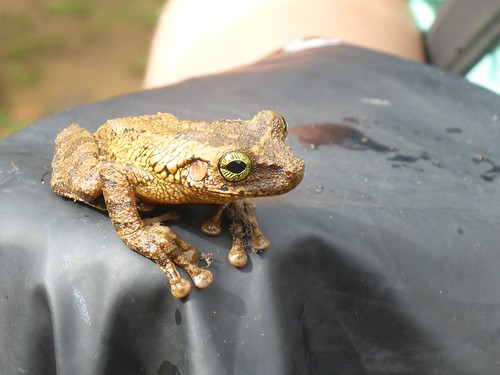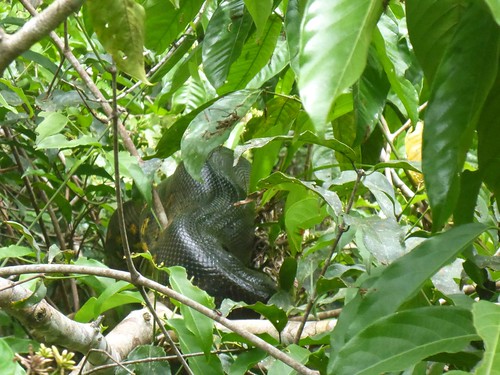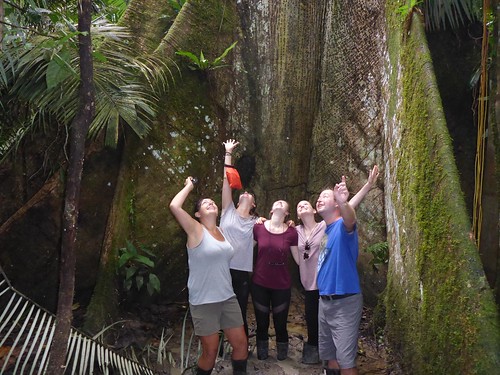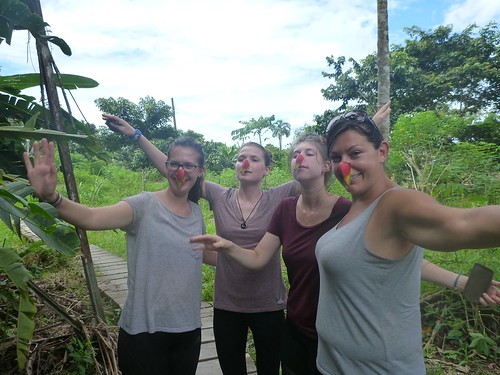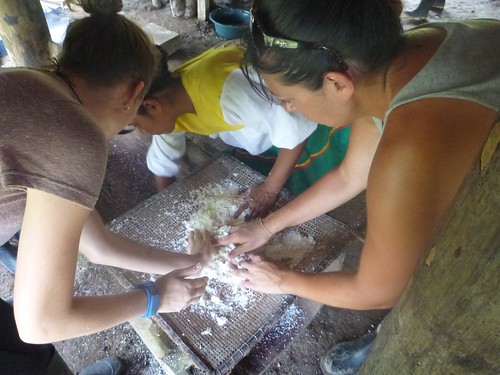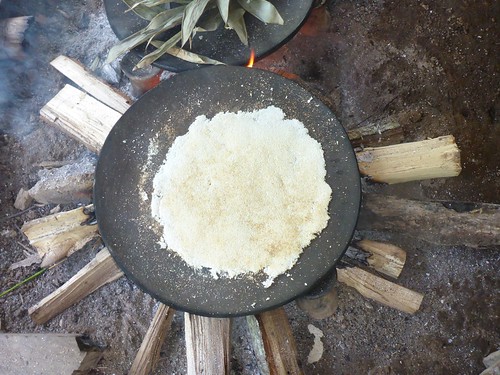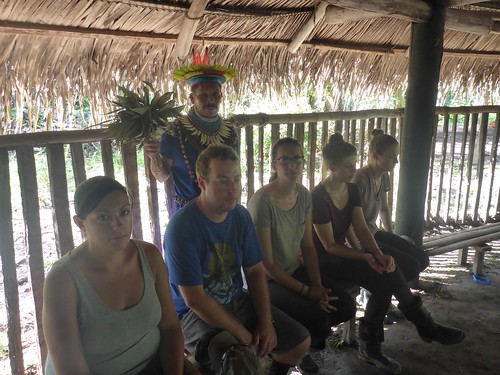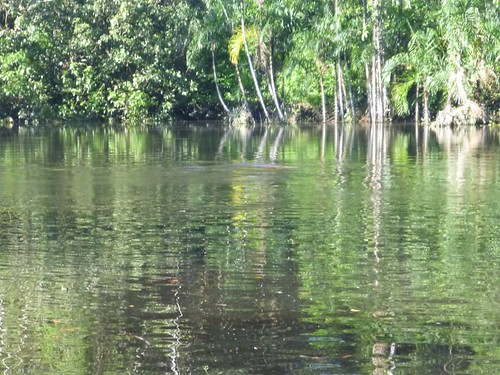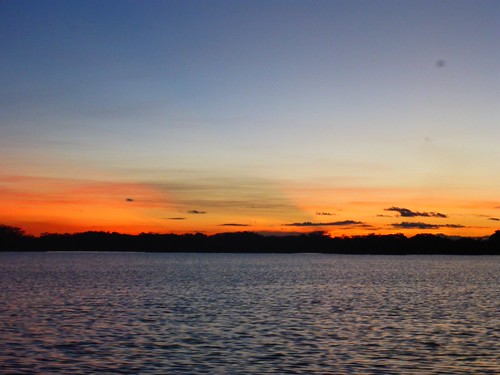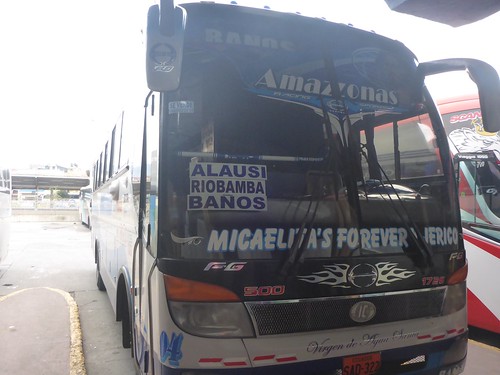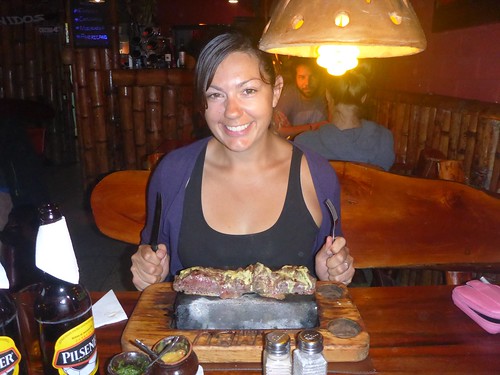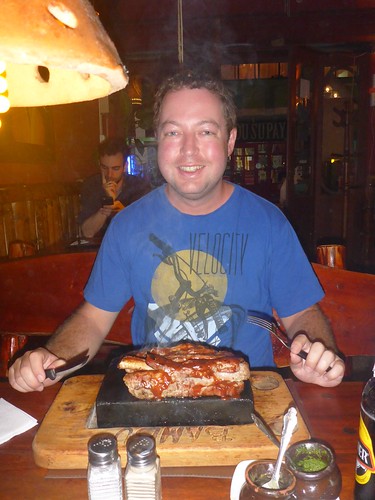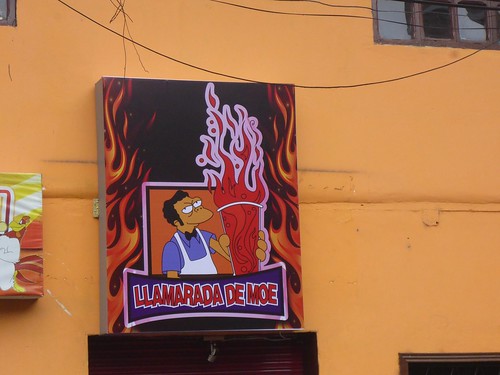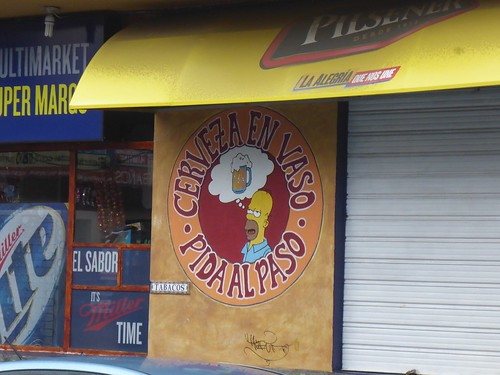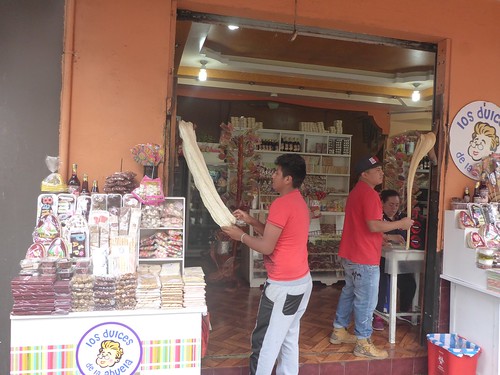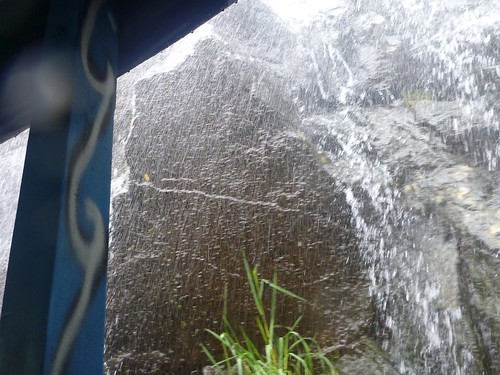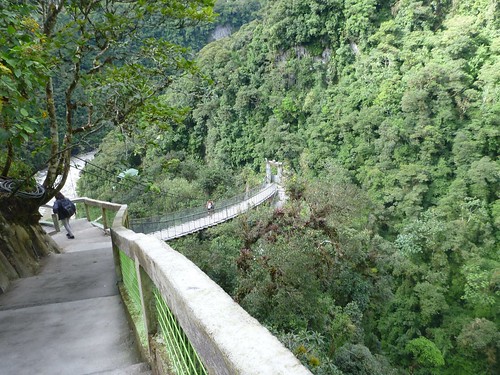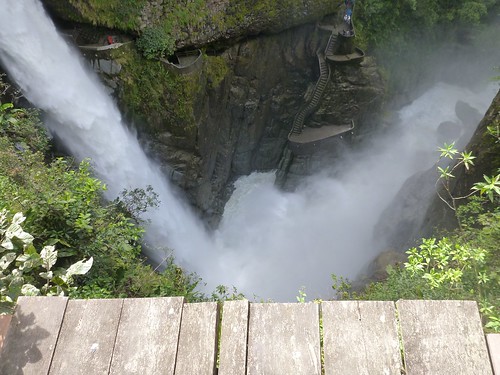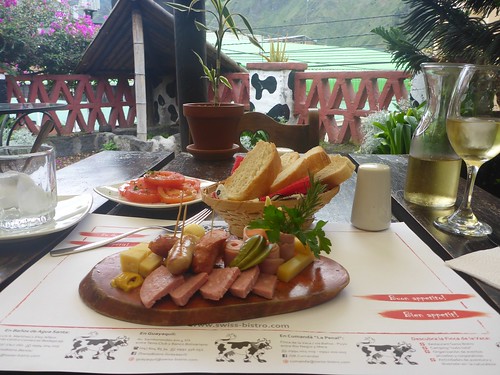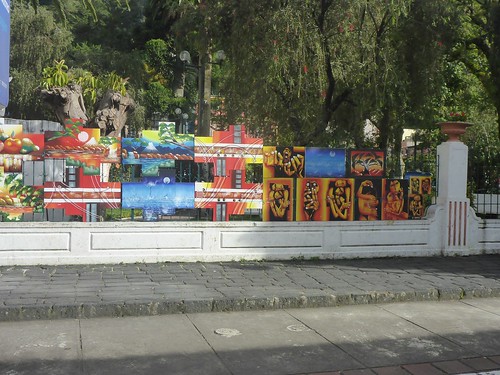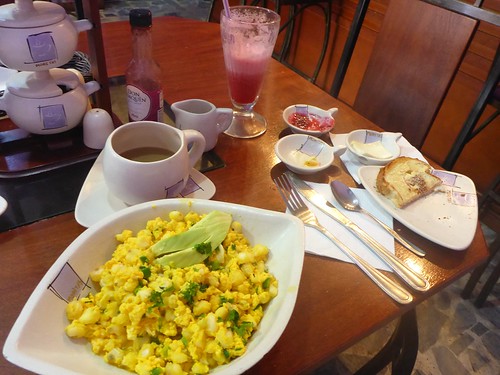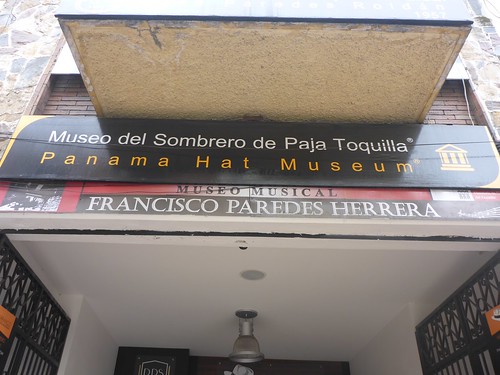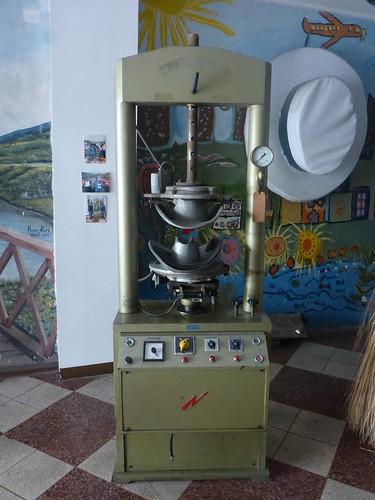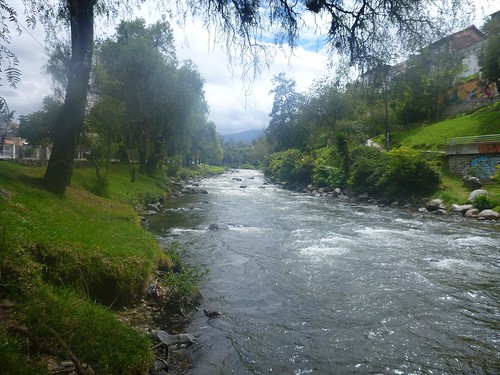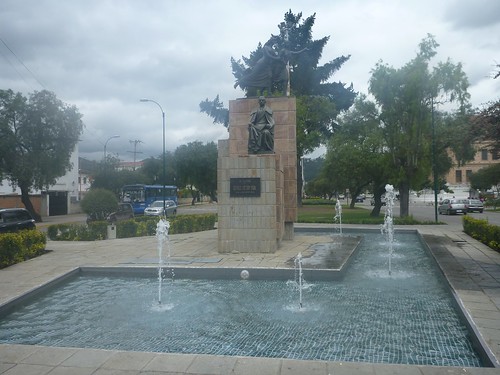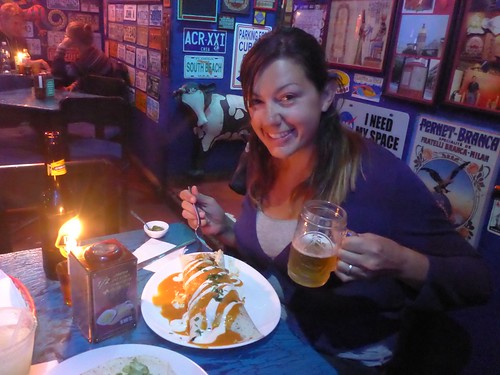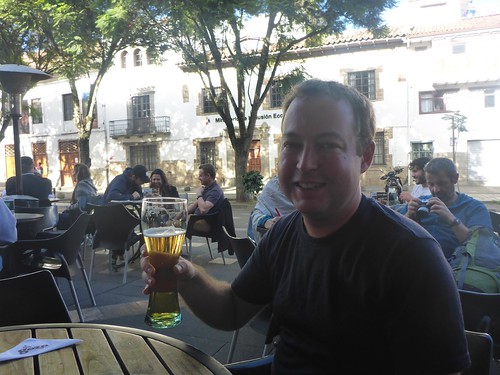Welcome to Colombia amigos! Our last stop in South America, a country steeped in history of a different kind. Cali is pretty much the Brisbane of Colombia - the third largest city, with nice (but not too hot) weather, and very laid back.
No buses… YEAH!
After eventually getting ourselves together and to the airport, we arrived before check-in and had to sit around… a matter of “hurry up and wait”-ing. There are many overland options to get to Colombia and travel within it, but unfortunately at the time the Australian government still had “do not travel” warnings for many areas, including the roads between cities, and our insurance wouldn’t cover us if we went to those places. So to get to our first destination, Cali, we needed to back fly via Guayaquil from Quito. Obviously the Australian government lowered the travel warnings two weeks after we booked flights that were on sale.
Stopping by in Guayaquil briefly we found some dinner at a restaurant with the best wifi that we had in months; we were able to upload 1gb of photos in less than 15 minutes. We arrived into Cali late in the afternoon and were greeted by José and Kelly from La Sucursal Hostel after our taxi driver got a little bit lost. The hostel is fairly new (for one night, we were the only people there) but it was great and should be amazing once it’s established.
Independence Day
When we had organised to come to Colombia, we didn’t bother to check dates of important things that were happening, like the Colombian Independence Day (July 20 for reference). Though it didn’t end up causing too many hassles, pretty much everything was closed so investigating our new city wasn’t easy.
Realising we had little Colombian coinage to pay for things we decided to go and find out a bank. This has not been an easy feat in some places, mainly because we have been trying to find ATMs that don’t charge us ridiculous amounts to pull out our own money - our bank doesn’t charge fees to withdraw cash overseas, but the ATMs may. We headed down toward the shopping centre that was conveniently close, and stumbled across a CitiBank office, complete with ATMs! We had a coffee on the ground floor, which was quite good, with a delicious biscuit (don’t worry the beers will come later). Given a lot of coffee is grown in Colombia we had high hopes for the quality of the coffees; they certainly didn’t disappoint.
After grabbing some groceries and dropping them off at the hostel, we went to find lunch and ended up at Cantina La 15 (on Calle 15), a very large Mexican place where James had “Aztec soup” and Dee had a really delicious chicken salad. Due to most things being closed, we chilled at the hostel for the afternoon, overlooking the street from the beautiful terrace on the bottom floor, planning out what we were going to do for the next week in Cali.
The place with the Little Witches
We decided that we should do something productive with our time in Cali, instead of solely sampling the local beers and food. This did require a very early start on Thursday morning, to go to San Cipriano for the day with Valley Tours. Our tour guide Karina collected us from the hostel in a nice looking 4WD, then onto another hostel to collect three other ladies - Simona from Switzerland, Zoe and Aline from Belgium. We started heading up the hill that overlooks Cali and were held up by an enorgmous amount of cyclists on the road - they only cycle on Tuesdays and Thursdays, but it was one of those days. Nearly two hours later, winding through the countryside, and narrowly avoiding some oncoming traffic, we arrived to a small town then jumped on the “Brujita” - a motorbike contraption on a train track.
Brujita in the literal sense, means “little witch”, so named because they originally were powered by men with long stick (like broom-sticks). These contraptions were designed by the locals to help get them and their goods transported between the main road and the small town of San Cipriano, linked only by a decommissioned train track. The carts have a motorbike running on one side of the train track, with a platform attached to it to connect to the other track, with some having the feature of a canopy to stop the elements getting in. The brujitas didn’t look like the safest of contraptions, particularly when going over large train bridges with ten metre drops and water running underneath them… we were warned to make sure we were wearing closed in shoes in case we had to jump off in a hurry.
There is only a single rail line running between the two towns, and the brujita have no brakes at all. This means that if you see another one coming the other way, you need to slow down before hitting them, everyone get off and lift one of the carts off the track, pass, and put it back on the track. Luckily our trip went smoothly!
Upon our arrival to San Cipriano, Karina had organised a day room for us to store our things for the day, we got water shoes and needed to change into our swimwear. Before we left, Dee had been reassured by Karina a few times that there were going to be water shoes big enough for her to go walking through the jungle… this was barely the case, as she had to check through five pairs of shoes to find a pair that fit; Colombians appear to have small feet. We stopped briefly to have a delicious breakfast of eggs, plantain chips, rice and coffee, then headed to collect our inner-tube and walk to the river.
Welcome to the jungle, round 2
We had wandered toward the river running near the town, and then clambered across and up a hill to drop our inner-tubes up the hill, before venturing on a three hour walk in the rainforest to two sets of waterfalls. Along the way Zoe stepped on a small snake, and was bitten by a fish in the water at the waterfalls. We had a laugh as to who was going to fall over first, James jokingly placed a $10 bet on Dee and then fell over himself a few minutes later. The walking track was mostly clay and very steep in some places, we occasionally got stuck but were able to wash off the mud a little later when we headed through a few creeks.
We eventually arrived back at the river, finishing the walk carrying our inner-tubes, and then jumped in the water, floating down the river. There were some very fast and shallow parts where a few of us hit our bums hit the rocks. Tubing was a lot of fun! At one point the river hit a wall and the water flowed mostly to the right and onwards, but a little bit went left and circled, and James got stuck in the circling water for a few minutes while every else floated past, and he was unable to paddle sensibly due to being in the tube.
We climbed out of our tubes at the end, finishing the trip with a lunch of fish with rice, plantains and lentil soup, which was made by one of the local ladies. After sufficiently stuffing ourselves we headed back to the brujita, which was stuck on the other side of the rail bridge. We had to walk across the rail bridge that was missing sleepers in the middle of it - the height and the rushing water underneath was a little bit of an issue; shaking legs and rail bridges over water don’t mix particularly well! Our Brujita driver met us half way across with the tiny cart and we gingerly got on.
It had been raining for quite a while and the tracks were slippery as we travelled back to the highway. Suddenly from around a corner, a cart came the other direction, our driver slowed down to nearly a stop but the other driver didn’t, resulting in a small crash! It was pretty hilarious but we think Karina was a little shaken up.
When we arrived back into Cali, we went to have a look at the brew pubs close by. We stopped in at a place called Armena that wasn’t very good; the second place, Ritual Cervecería, was much better and had decently priced good beers. We finished up the night with dinner and some chats with a group staying at our hostel; they left to go to a salsa club, we were considering going with them but between our nine left feet we though better of it and headed to bed.
I have the necessary koalifications, minus the koalas
After getting ourselves sorted out by eating some left over burritos and salad for breakfast, we decided that we would check out the local zoo. Our wonderful hosts at the hostel offered to drive us to there, which meant we didn’t need to negotiate prices and places with the local taxi drivers (we were very thankful for this!!). Arriving at the zoo, as with most places, we were bombarded with people offering to sell us all sorts of things including tours through the zoo by people who did not work there.
The zoo was filled with flamingos, crocodiles, tapirs, zebras, monkeys, toucans, macaws and a giant condor. Surprisingly the zoo was having a special exhibition that the locals seemed to be very excited about… upon our entry we discovered that it was an Australian exhibition filled with budgies, a couple of kangaroos and a kookaburra; there were no koalas, and they weren’t selling vegemite in the exhibition’s store. We have been told many times that one should not work with children or animals because they tend to be like herding cats… the zoo was the perfect example of this; between the five school groups there and the standard set of psycho children not being supervised, we were ready to have some peace and quiet time.
That afternoon was spent having a pile of chicken wings and 2-4-1 mojitos at Mr Wings, then a stop in via Ritual for some more craft beer, on the way back to the hostel. For the evening we were meant to go to salsa but between our five left feet and James not feeling well, we decided to try and have an early night.
Trying to do what the locals do
For the weekends in Cali things don’t kick off around town until after midday, with the nightlife beginning sometime after midnight. Both of us have started fearing our ages when we’d realised we were in bed before 10pm most nights, and up at stupid o’clock… although we haven’t got to the point of having dinner at 4pm yet.
Saturday we spent the day looking at some of the sights Cali has to offer; the strip we were staying in was quite touristy and filled with modern restaurants and bars, including Hooters! Cali has a definite vibe of old-meets-new, it is the capital of salsa dancing and although affected by the drug cartels, it is a beautifully safe city.
Beyond the shopping centre, sitting behind our hostel stands one of the more prominent features of Cali, three giant crosses on the hill surrounded by 50 or so antennae. On Sundays one of the local activities is to climb up the winding path to the top and checkout the city views. We started the climb up, not quite prepared for the heat that was on offer that morning. Eventually, 45 minutes and a few stops later, we made it to the top. The view was beautiful but there was sweat in places that it should not exist. It was time to head back down, and sample some more of margaritas offered by the bars near to our hostel. For the evening we chose to stay in and make a Thai chicken salad; poor Dee has been craving rice paper rolls for months and was extremely excited to see that the supermarket sold rice paper. She then saw the price and chose to make Thai salad instead - $7aud for a packet of ten rice papers was a little extreme!
Adventuring beyond the tourist strip
After organising our washing to be done (at $25aud - shocked faces here!), and enjoying the local coffee, we planned to meet José at midday on Monday to head to the Central Mercado. Like most markets it’s divided up into sections with fruit, meats, fish, baskets, and then the witching end. The fruit section was looking a little dismal, due to the truck drivers strike that had been going on for a week, disputing wages and conditions. We did, however, get to try some pretty interesting fruits, and purchased some to take back to the hostel to eat later.
Moving on the witching end of the market… that was a whole bunch of interesting all at once! There were potions for absolutely everything imaginable: vials of stuff to make people fall in love with you, to make people fall out of love with you, to cause and cure ailments, to make other people jealous, to live longer. We’d decided that we probably didn’t need any of the tiny colourful vials to take with us on our journey - customs tend to not like “magic potions (or powders) from Colombia”.
After learning about all the different sorts of weird and wonderful things the market had to offer, we stopped in at one of the little stalls for lunch. James had stewed lengua (tongue), and Dee chose a soup and chicken (with rice of course), and there were several juices on offer: tomate de arbol (tree tomato), lulo and carambola (dragonfruit).
After a brief rest back at the hostel, we met up with José again at 3pm, to head into the down-town area. It was a relatively quick walk, much closer than we had expected. We began at Plazoleta Jairo Varela, which has a monument to Grupo Niche, a famous salsa singer/group with a huge amount of number one hits. You can stand under each of the downward-facing cones on the monument and hear music, first the drums, second all the instruments, third the main vocals, and then fourth the full song.
We walked along the street, past the mayor’s offices to one of the important parks in Cali. José said that the park unfortunately wasn’t well maintained, despite the mayor saying he wants the city to be more beautiful, because he had to walk through it himself every day. On one side there was loud music playing, which was music related to bull-fighting, and a couple on stage dancing “paso doble”, a dance with double-step. As we exited the park, we walked across a very old bridge, the first across the river which runs though the city. It had been widened in the past and everyone forgot that, so when a car tunnel was being constructed under the river, they accidentally discovered the original bridge, which the widened one had just been built on top of!
Continuing along the street, we went into the gothic-style Emita Church. Next we walked past the “plaza de poeta” where people with typewriters can do anything you want, even apparently forge university degrees. The old plaza came next, and then yet another church. The main plaza of the city has two churches adjacent to each other, a San Franciscan one and a Jesuit one; te two were fighting over people to convert to Catholicism. There were a few people with cane juice carts around, and one with a thick drink concocted with coconut, nuts, rum (maybe?) - whatever it was called it was rather interesting. The plaza had a very large number of pigeons in it, and once they took flight and started circling we thought we should leave before a rain of poo started. We headed the wrong way down the street to get our obligatory state parliament photo, before continuing along the normal route.
Next we came across another church (surprise!), which was very old and quite simple; it was in fact the church that José had been married in. There were some quite nice old buildings in this area. Walking further along, we went past “Calle de la Escopeta”, or “shotgun street” - so named because from on top of the buildings it appears to be the shape of a shotgun. Most of the buildings have recently been done up, and had beenpainted by a local artist, who also did the art on the wall at our hostel.
Next we walked through one of the old neighbourhoods where many of the hostels are. Due to local heritage laws, most of the buildings can no longer be modified - not just the façade, but not on the inside either. We began walking up the hill to the next church, and in the park half way up there was a sculpture representing the gift of pinwheels and lollies that children in Cali (and only this city) are given on one day of the year. We continued up to the church, which was just about to start their evening mass, and grabbed some “obleas” as a desert-snack. As well as “arequipe” (similar to dulce de leche) and cream, you can also have grated cheese in them - weird but tasty. There was also a bench with “#selfie” painted on to it, the perfect thing to get a selfie in front of.
As we headed back down the hill, and to the other side of the down-town area, we made a visit to “el parque del gato de Tejada”. The Colombian artist Hernando Tejada had created a three-ton bronze cat sculpture and donated it to the city. The park was filled with people playing Pokemon and sculptures of cats all the way along the path (allegedly referring to the artist’s girlfriends). On the way back to the hostel we stopped in for the equivalent equivalent of Boost Juice (apparently a brand from Costa Rica, they were delicious!), then back to the hostel for a barbecue dinner shared with José and Kelly (our Thai salad made a reappearance!).
Moving onto the next adventure
Through Colombia we had decided that we were going to keep our travel days on the same day, that way we wouldn’t get ourselves to confused as to what day of the week it was. There has been a need to set ourselves reminders of which day is travel day, as we’ve completely lost track of time… it’s still 2016, right?
Tuesday morning we got ourselves packed and then went for one last stop by Ritual to have some lunch before flying to Medellin. We were anticipating just having a few beers then having lunch at the airport, however, the lady at the bar decided that we needed to try some of the Casuela (seafood soup) they had prepared. This was definitely the best soup we’ve had in ages! Filled with all types of seafood and a nice thick broth, coupled with a side of bread.
Sufficiently full and ready to move on it was off to the airport… next stop, one of the many homes of Pablo Escobar.
Go see all the photos from Cali
